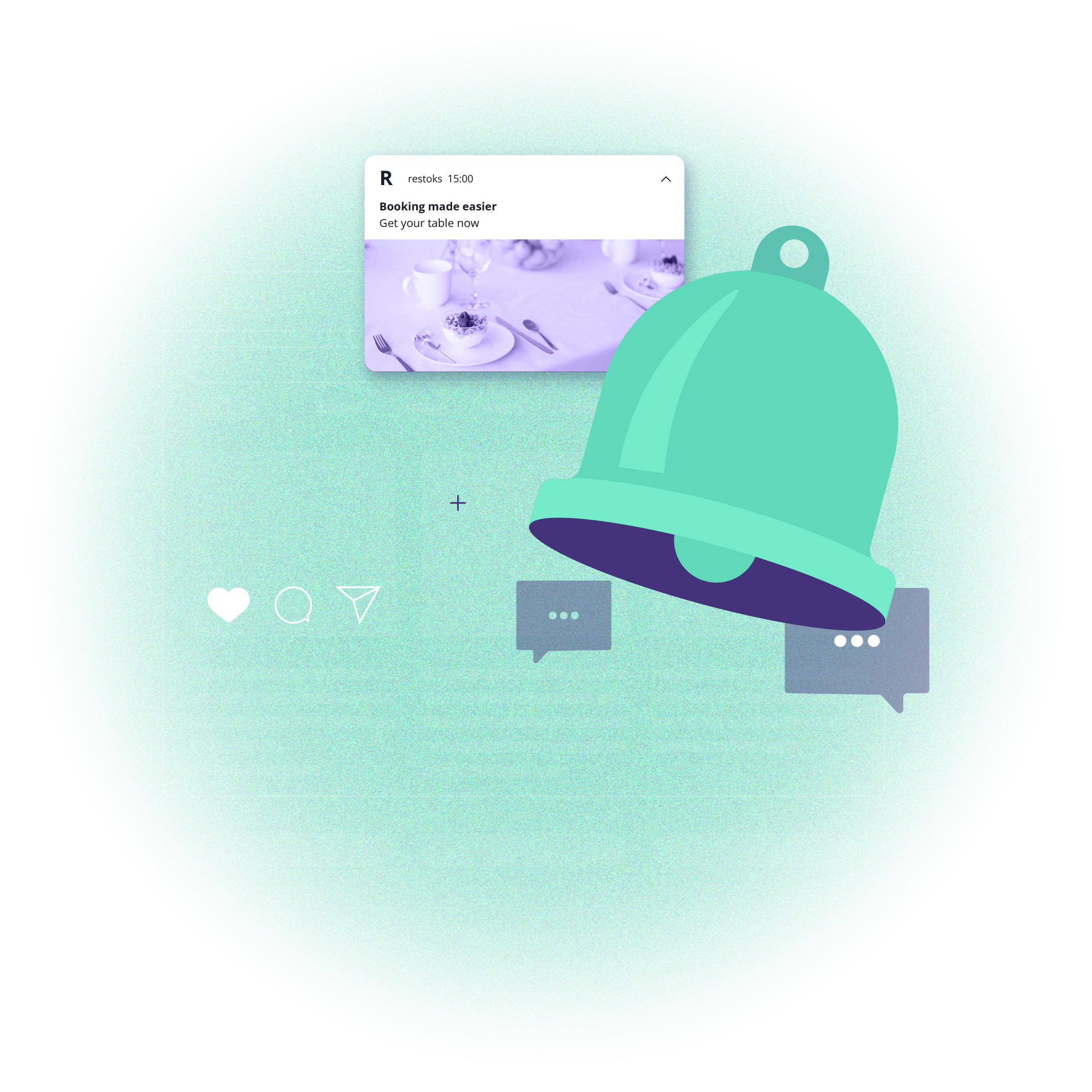Headless commerce: the future of customization
 Aleksandra Kozioł
Aleksandra Kozioł
Headless commerce: the future of customization
 Aleksandra Kozioł
Aleksandra Kozioł
The e-commerce world is changing dynamically. That’s because of two things–ever-growing customer expectations and new solutions and technologies that emerge every month. Headless commerce is a new major trend in this sector that is all about making the way your store works and looks fully customizable, adapted to new sales channels like smartwatches and IoT.
Although headless commerce has been one of the major buzzwords in this industry for some time now, many people still don't fully understand what it's all about. So, as a start, we want to show you what headless commerce actually is. And don't worry, we'll try to make it as straightforward and legible as possible.
What is headless commerce?
The first thing you need to know is that standard online stores and websites operate on two levels: Front end and back end. In general, the front end is responsible for everything the user sees and can interact with. On the other hand, the back end is the foundation that allows your store to work flawlessly. It remains invisible to ordinary users' eyes.
Now, in the traditional model, these two layers are tightly connected. Every change in the front end part affects the back end and vice versa. As a result, we end up with a situation where:
Implementing changes can be time-consuming
The way your store works is predefined. Of course, you can make some changes, but in general, the way everything is set remains intact.
And that can be a problem in the modern world, where new touchpoints and sales channels emerge every month. Sometimes, it can turn out that your store's architecture limits you, and you can't offer the customized and personalized experience you want. This is where headless commerce steps into the game.
HOW DOES HEADLESS COMMERCE WORK?
It’s all based on separating the front-end layer from the back-end layer (it’s this layer that becomes “headless”). With headless commerce, these two layers work fully independently of each other. How does it work then if they are separated? In headless commerce, these two layers communicate via APIs (application programming interfaces) that use specific protocols/messages to communicate with each other. These protocols are frequently referred to as calls.
Now, these API calls are extremely flexible. We could even say that there are no limits to how they can work, making your store fully customizable. Thanks to them, implementing any changes in the front-end layer doesn’t result in the need to change the back end as well. You don’t have to worry about your code, databases, inventory, checkout process, or payments–everything remains intact. Of course, there is a downside. With a front end “removed” from the equation, you have to build everything from scratch. But in the long run, this solution is beneficial from many points of view.
The advantages of the headless commerce model
We’ve already mentioned some of the significant pros of this model. First of all, headless commerce provides users with an unmatched level of personalization and customization. With this model, you can build a fully adaptable and consistent user experience no matter what channels your users use, both current and future ones.

The Internet of Things is a perfect example. Today, we have smart devices in our homes that enable us to order products and search for the information we want without the need to open a laptop. Let’s use a simple example: intelligent fridges. They allow you to plan your meals and order food online. With headless commerce, your store can be easily customized to their needs, but it refers to other channels such as digital signage, PWAs, and other IoT-based channels as well.
We could even say that headless commerce is the best way to master omnichannel in your online store truly. From now on, you don't have to rebuild your platform in order to meet changing user expectations or adopt a new sales channel that perhaps doesn't exist yet.
Secondly, headless commerce allows you to implement changes almost instantly. There is no need even to touch the back-end layer, so everything happens smoothly. Therefore, implementing new features and marketing campaigns is much quicker.
Lastly, headless commerce enables quick and straightforward integrations. Here, we go back to our APIs, which can communicate not just within two different layers in your store but also within many different platforms and tools. As a result, adding a new plugin or a feature in your store is now a breeze.
It’s the same story with the cross-border expansion of your store. Adding a new currency or a new language version has never been easier.
EXAMPLES OF HEADLESS COMMERCE
More and more online stores have decided to opt for the headless commerce model. We want to show you two such examples.
Lancome

This brand decided to go with a PWA model (this abbreviation stands for a progressive web app, shortly put it’s a model that combines both web and native apps' features and characteristics making an app look and work like a website). According to Simicart, after this change, Lancome saw a 17% increase in conversions.
Debenhams

It’s another store that decided to opt for the PWA model. As the same source reports, they saw a 40% increase in mobile revenue and another 20% increase in conversions after this transition.
Headless commerce vs. traditional commerce
Let’s make a quick comparison of both these models:
Traditional commerce
Front-end development requires changes in the back end–both layers are tied together
Pre-defined UX with a limited scope of changes
Not ready for new sales channels and touchpoints
Slow load time
Everything is preconfigured
Limited possibilities of integrations with third-party apps and plugins
Headless commerce
No need to touch the back end
Fully customizable UX and layout
New sales channels and touchpoints are easily adaptable
Quick load time
Requires more work at the beginning
Unrestrained integrations thanks to API calls
To sum up, we can say that the traditional e-commerce model wins when it comes to getting everything up and running. You can opt for a ready-made e-commerce platform and start selling products within a day. It’s also much cheaper to run an online store in a traditional model. On the other hand, problems begin when you want to grow your business, introduce some non-standard solutions, or adjust your offer to a new sales channel. In all these situations, headless commerce has a head start (pun intended). Which model you will choose is, of course, up to you. We’re not saying that headless commerce is definitely better. Sometimes it’s just an unnecessary complication. But sooner or later, your store will face a challenge that will be solved by adopting headless commerce. That’s simply because it’s the direction in which the whole sector goes.
At PushPushGo, we carefully observe everything that happens in the global e-commerce industry and react to all these changes. That’s why, for some time now, our system has been adapted to the needs of headless commerce. If your store operates in the PWA model or another solution that’s based on APIs and you’d like to start using push notifications–we are at your service. Just drop us a line to find out more!

Content Specialist @PushPushGo
Editor and writer. She is interested in media and new technologies.





